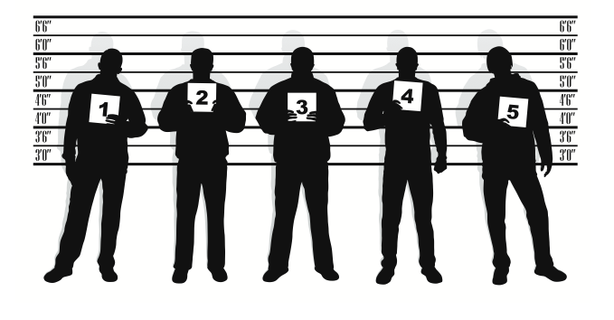#206 - Eyewitness Errors

References: Malpass, R. S. & Devine, P. G. (1981). Eyewitness identification: Lineup instructions and the absence of the offender. Journal of Applied Psychology, 66, 482-489. For more details see: http://www.apa.org/research/action/eyewitness.aspx American Psychological Association, April 2014
Written by Mara Rowcliffe, MS.


 Give to Florida Tech
Give to Florida Tech 